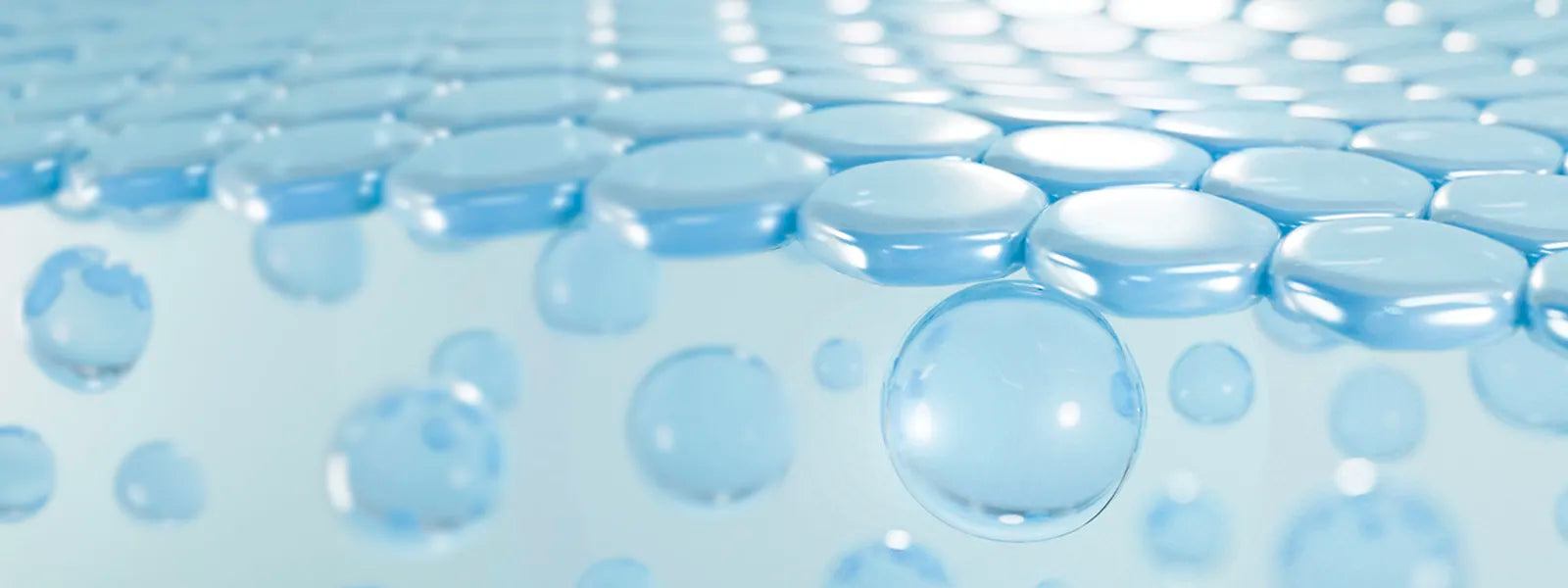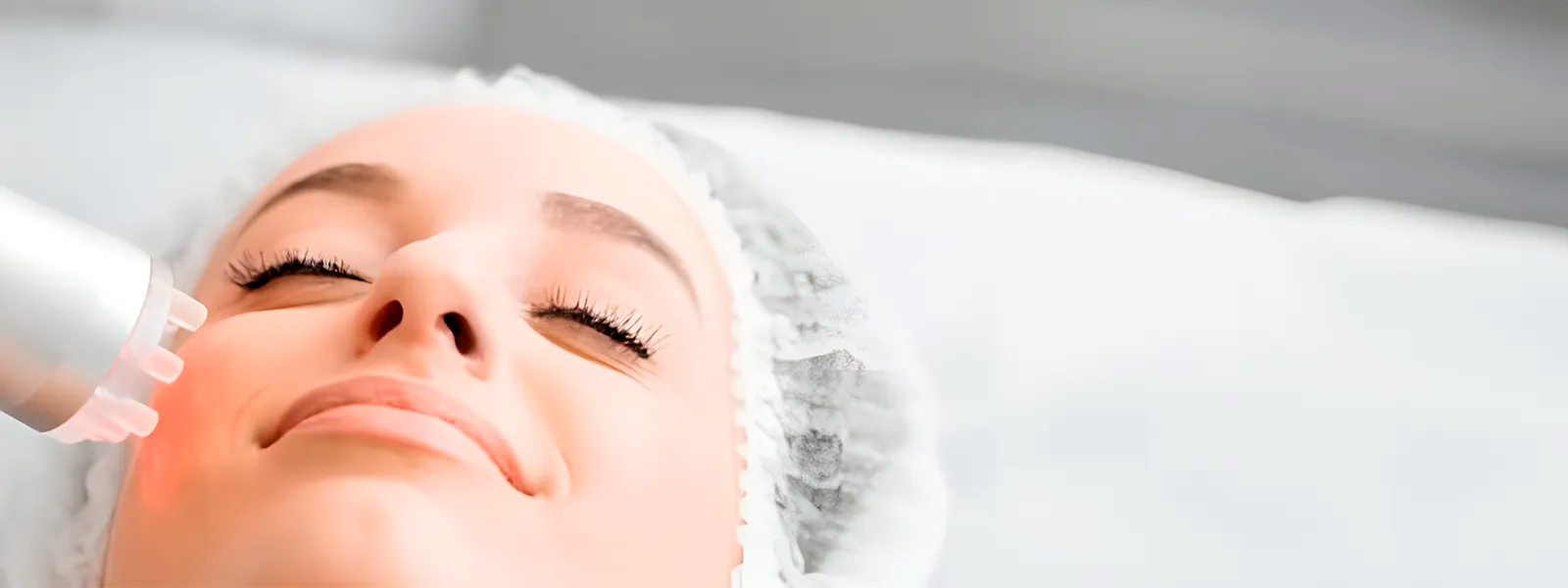The Skin Barrier is the outermost layer of the skin and is essential for the body’s defense mechanisms. As such, it is important to understand what it is, how it works and how to care for it.
What Is The Skin Barrier?
The skin, the largest organ in the human body, consists of three layers: the epidermis (also called the stratum corneum), the dermis, and the subcutaneous fatty layer. The stratum corneum is the body’s first defense against external threats. The skin barrier, which is part of the stratum corneum, is the outermost layer of skin and is made up of dead skin cells, lipids, proteins and fats.
The skin barrier’s primary function is to protect against environmental elements. The skin barrier is often compared to a brick wall because under a microscope it resembles brick and mortar. The dead cells (corneocytes), or bricks, are held together by the lipids (fatty acids , ceramides and cholesterol), or mortar. A protein called filaggrin acts as a natural moisturizer for the skin barrier. The skin barrier is slightly acidic (that acidity is known as the acid mantle) and helps protect against the growth of bacteria, viruses and fungi. The skin barrier serves two very important functions. Firstly, the skin barrier protects the skin and body from external stressors including ultraviolet rays, free radicals, pollution, irritation, infections, dehydration and toxins. Secondly, the skin barrier helps the skin retain moisture, and regulate water loss which keeps the body hydrated.
What Can Damage The Skin Barrier?
The skin barrier can be damaged by various factors, including improper care, underlying conditions, trauma, and exposure to harsh chemicals. Improper care may involve habits such as neglecting to use moisturizer or over-exfoliating. Over exfoliating in particular can cause small tears in the skin barrier.Conditions that can damage the skin barrier include acne, diabetes, atopic dermatitis, ichthyosis, rosacea, and psoriasis. Skin trauma can be caused from physical wounds, bug bites to sunburns or overexposure to hot or cold climates. The most common harsh chemicals causing damage to the skin barrier are soaps and detergents.
How To Tell If The Skin Barrier Is Damaged?
If you are experiencing any issue with skin, there is a good chance that the skin barrier is damaged. If the skin barrier is damaged it can lead to skin oxidation which can cause a number of issues including inflammation and blemishes. It is usually apparent if the skin barrier is damaged by the way it looks or feels.Damage to the skin barrier may manifest as acne, dry or flaky skin, infections, inflammation, irritation, itchiness, rough patches, loss of elasticity, wrinkles, discoloration, stinging, sensitivity, or tenderness.
How To Care For The Skin Barrier?
To maintain a healthy skin barrier, treat it gently. As people age, the skin barrier regenerates more slowly. Treat the skin barrier gently, as it is delicate and susceptible to damage from environmental factors such as hot water and harsh soaps. Hot water can weaken the fat in the skin barrier andharsh soaps can strip the necessary oils in the skin.
There are some additional steps to keep the skin barrier healthy. First, it is to simplify the skin care routine. When choosing a cleanser, pay attention to pH levels. The acid mantle has a pH level between 4 and 6 (usually 4.7) so use cleansing products with pH levels between 4.0 and 5.0. Choose serums, treatments and moisturizers that contain ceramides and pseudo-ceramides because they strengthen the integrity of the skin barrier. Additionally, when choosing a moisturizer look for one containing hyaluronic acid, silica, petrolatum or glycerin because these are designed to slow water loss by drawing moisture to the skin barrier and binding it to it.
Second, eating healthy can keep the skin healthy by providing it with necessary fats, hydration and nutrients. Foods that are good for the skin barrier include carrots, apricots, leafy green vegetables, tomatoes, berries, beans, peas, lentils, fatty fish, and nuts.
Finally, avoid too much sun since UV rays can disrupt the skin barrier and lead to aging skin. When you do need to go out into the sun, wear sunscreen to protect the skin from damaging UV lights.
It is important to be patient when working to improve the skin barrier. Once a routine is in place to repair the skin barrier it can take three to four months to show improvement.
Sources:
https://www.webmd.com/skin-problems-and-treatments/skin-barrier-what-to-know
https://www.healthline.com/health/skin-barrier





Leave a comment (all fields required)